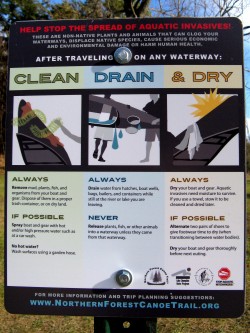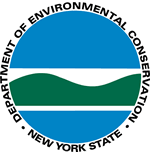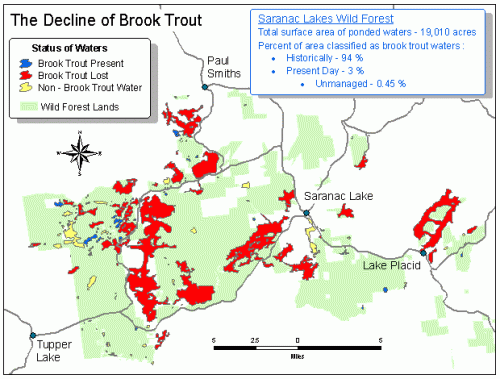A Minimum of Three To Four Inches of Solid Ice Is Usually Safe For Anglers on Foot
 Ice thickness can be difficult to predict, however, the New York State Department of Environmental Conservation (DEC) today reminded ice anglers to enjoy the ice responsibly. With the early cold weather that New York has experienced this year, anglers will likely be headed out on the ice earlier than they have in the past few years. DEC cautions that the presence of snowmobile tracks or footprints on the ice should not be taken as evidence of safe ice conditions. Individuals are strongly encouraged to check ice conditions for themselves and avoid situations that appear to present even a remote risk.
Ice thickness can be difficult to predict, however, the New York State Department of Environmental Conservation (DEC) today reminded ice anglers to enjoy the ice responsibly. With the early cold weather that New York has experienced this year, anglers will likely be headed out on the ice earlier than they have in the past few years. DEC cautions that the presence of snowmobile tracks or footprints on the ice should not be taken as evidence of safe ice conditions. Individuals are strongly encouraged to check ice conditions for themselves and avoid situations that appear to present even a remote risk.
“Governor Andrew Cuomo is committed to expanding recreation opportunities throughout the state, and ice fishing provides a great opportunity for people to get outdoors during the long winter months,” said DEC Commissioner Joe Martens. “Unlike other angling techniques, ice fishing is relatively simple and all one needs is a warm pair of boots, a good ice auger, some tip-ups or a jigging rod and the willingness to experiment to have success.”
Ice thickness varies on every body of water or even within the same body of water, and anglers should be particularly wary of areas of moving water and around boat docks and houses where bubblers may be installed to reduce ice buildup. Testing the thickness of ice can be done with an auger at various spots. For more information on ice fishing visit DEC’s website.
The use of fish for bait is very popular when ice fishing and bait fish may be used in most but not all waters that are open to ice fishing. Visit the DEC website for a list of special regulations by county to find out where bait fish can and cannot be used, and for other regulations that apply to baitfish.
Anglers are reminded to take these important steps when using baitfish while ice fishing:
- Follow the bait fish regulations to prevent the spread of harmful fish diseases and invasive species.
- Use only certified disease-free bait fish purchased at a local tackle store, or use only personally collected bait fish for use in the same water body in which they were caught.
- Do not reuse baitfish in another water-body if you have replaced the water they were purchased in.
- Dump unused baitfish and water in an appropriate location on dry land.
Anglers looking for a good place to ice fish should check out DEC’s Public Lakes and Ponds map available on DEC’s website. This interactive map provides recommendations on waters open to ice fishing provided by DEC staff.
Ice fishing is an example of Governor Cuomo’s NY Open for Hunting and Fishing Initiative, an effort to improve recreational activities for in-state and out-of-state sportsmen and sportswomen and to boost tourism opportunities throughout the state. This initiative includes the streamlining of hunting and fishing licensing and reducing license fees, improved access for fishing at various sites across the state, and increasing hunting opportunities in various regions.
In support of this initiative, Governor Cuomo this year has proposed the creation of 50 new land access projects, which will connect hunters, anglers, bird watchers and others who enjoy the outdoors to more than 380,000 acres of existing state and easement lands that have gone untapped until now. These 50 new access projects include building new boat launches, installing new hunting blinds and building new trails and parking areas.









